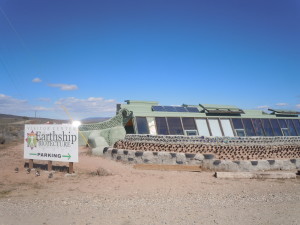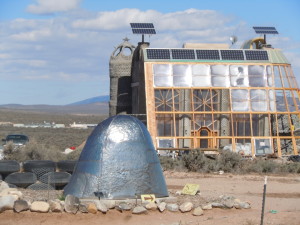Passenger Rail, Si! Nuclear Power, No!
Yesterday, two long-awaited and seemingly unrelated milestone events occurred in the Connecticut River Valley of Massachusetts (where I live) and Vermont.
- Passenger train service was restored to Northampton and Greenfield, MA. The first commercial passenger trains since 1987 to use the Connecticut River tracks between Springfield, MA and Brattleboro, VT made initial northbound and southbound runs between New York City and St. Albans, VT (a tiny village at the Canadian border). While only one train per day in each direction will make this run, it marks a rare expansion of long-distance passenger rail service in the US. Plans call for adding a stop at Holyoke, MA once that station is rebuilt in 2016, and there’s discussion of running several commuter trains a day at some point in the future—which would allow people to actually substitute train travel for driving.
- The Vermont Yankee nuclear power plant, opened in 1972,was taken off the grid and permanently shut down. This GE Mark I plant, which uses a reactor design nearly identical to Fukushima’s, has been operating unsafely since its earliest days—I’ve seen an excerpt from the long, long official government safety issues report of March, 1974, and it isn’t pretty—and illegally under Vermont law for nearly three years (since March, 2012).
The forces that created these two events were very different: government efforts for the train, a combination of citizen activism and market conditions for the shutdown. But several common threads across the wider map of society show that these victories are actually linked. Both were responses to growing perceptions that:
- We need to think bioregionally
- We have to create energy and resource sustainability
- Both of these milestones will create the kind of economic impact we want to see: moving toward conservation, renewable, safe energy sources and transit-oriented development boosts, smaller, local businesses and encourages changes in consumer use patterns
- Both are better for the environment (do NOT let anyone try to tell you that nukes are environmentally benign—the claim of lower carbon footprint is false if you count the entire fuel cycle, and the environmental consequences of an accident are catastrophic)
- Citizens, individuals, can make a difference—in our use patterns as well as our advocacy
- Change is possible, even when it looks hopeless
Of course, there’s more work to be done.
To make the train viable, they really need extend service to Montreal, as was true in the distant past. Reasonably priced service between NYC and Montreal (also serving population centers en route: Bridgeport, New Haven, and Hartford, CT; Springfield, MA; Burlington, VT) will keep a lot more of the seats occupied and create economic viability that will be hard to find if the train ends in nowheresville. Even from NYC, when you count time driving to the airport, time at the airport, and time getting from the airport to an inner-city final destination, train travel within a few hundred miles would not be that much slower than flying, and a good deal more pleasant. From Northampton or Greenfield, MA, it’s a no-brainer. Rather than drive 40 or 60 minutes south to the airport and getting there 90 minutes before a flight, ride the comfortable train in the direction you want to go. By the time you would have boarded the plane, you could already be in central Vermont, half-way to Montreal.
And to really boost the economy without Vermont Yankee, we need even more activity on solar, wind, geothermal, deep conservation, etc. We have to make up the loss to the power grid, and replace the jobs the plant had provided. The good news? Investment in these technologies creates a lot more jobs—22 times as many if you count construction jobs, and 148 times as many permanent jobs—than the same expenditure in nuclear, and a lot of that filters down to the more economically marginal who can get good jobs in these sectors.


